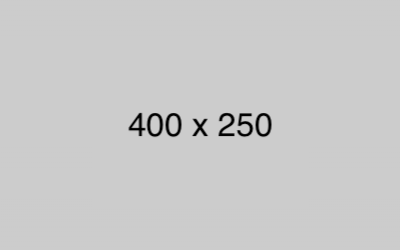English Grammar - Noun
A noun is a word that represents a person, thing, concept, or place (e.g., “John,” “house,” “affinity,” “river”). Most sentences contain at least one noun or pronoun. Nouns are often, but not always, preceded by an article (“the,” “a,” or “an”) and/or another determiner such as an adjective. একটি বিশেষ্য এমন একটি শব্দ যা একটি ব্যক্তি, জিনিস, ধারণা বা স্থানকে প্রতিনিধিত্ব করে (যেমন, "জন," "ঘর," "সম্পর্ক," "নদী")। বেশিরভাগ বাক্যে অন্তত একটি বিশেষ্য বা সর্বনাম থাকে। বিশেষ্যগুলি প্রায়শই, কিন্তু সর্বদা নয়, একটি নিবন্ধের পূর্বে ("the," "a," বা "an") এবং/অথবা অন্য নির্ধারক যেমন একটি বিশেষণ।
English
Last updated
Wed, 27-Nov-2024










